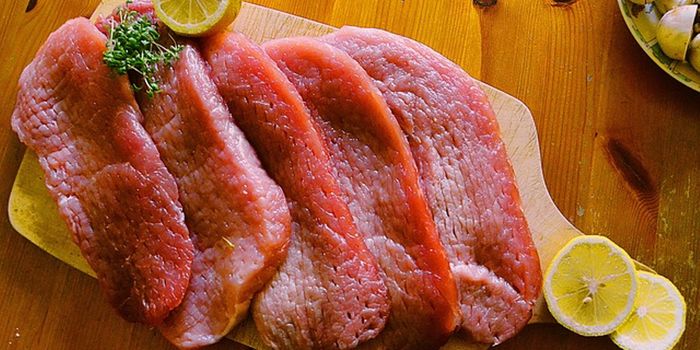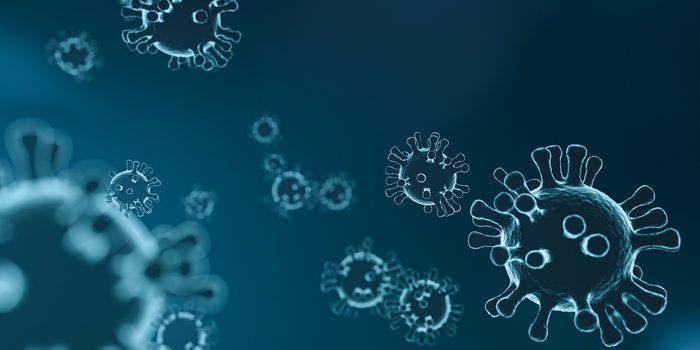Pancreatic Cancer: A Tale of Coercion and Thievery Emerges
Faced with low nutrients and starvation, pancreatic cancer doesn’t back down. In fact, scientists have found that they can outsmart their environment and coerce nearby cells to feed them the essential fuels. The study highlights the complexity of pancreatic cancer biology and how we desperately need to stay ahead of this aggressive cancer type.

Pancreatic cancer is notorious for its lethality. Only about 25 percent of patients survive past the one-year mark from diagnosis. A key contributor to the cancer’s aggressiveness is its ability to thrive in seemingly nutrient-poor environments. Where does the cancer get its fuel from when oxygen and blood sugar is scarce?
As it turns out, when the going gets rough, pancreatic cancer cells scavenge for nutrients by forcing other cells to feed it. In particular, the cancer cells exploit nearby stellate cells, which normally secrete metabolites in the pancreas for structural support. Pancreatic cancer cells can signal stellate cells to surge their metabolite production, leading to a 20 to 40 percent increase in the cancer cells’ metabolic output.
As if coercing stellates to make more essential metabolites weren’t enough, pancreatic cancer cells go a step further. They can cause the breakdown of cell parts in stellates – a process known as autophagy. Autophagy usually involves the breakdown of damaged organelles into basic building blocks (amino acids) that the cell can then recycle. In pancreatic cancer, the autophagy is selfishly spurred on because the cancer uses the amino acid parts for its fuel.
"Our study offers more proof that pancreatic cancers not only use fuel differently, but also scavenge for it far more effectively than many cancer types," said Alec Kimmelman, chair of the Department of Radiation Oncology in the Laura and Isaac Perlmutter Cancer Center at NYU Langone, and senior study author.
Pancreatic cancer is impressively cunning, and also very choosy, too. The amino acid that’s favored by the cancer is alanine. Kimmelman found that the cancer feeds the stolen amino acid into its mitochondria, where they are used in the Krebs cycle to generate energy. Using alanine also diverts more precious nutrients, like glucose, to other vital tasks, like making nucleotides.
"This work establishes the existence of a new kind of crosstalk between tumors and stellate cells," says Kimmelman. "Knowing this may help the field to design drugs that interfere with the astonishing metabolic flexibility that makes these cancers unique."
Additional source: NYU Langone press release








